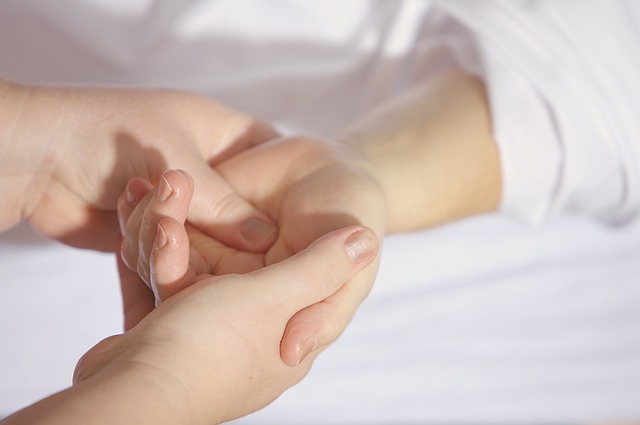BACKGROUND:
This study is to find out the effectiveness of Mulligan's movement with mobilization in improving acute facet dysfunction(locked) of the cervical spine.
CASE DESCRIPTION:
Sample : 3 patients
Age : 25 ± 5
Sex : male
Case of sudden onset of pain after getting up from sleep and difficult to turn the neck following the same, pain over interscapular area and over the upper back.
FINDINGS:
Tenderness of upper trapezius, levator scapulae and Sternocleidomastoid muscles. With restricted neck ROM, referred pain towards the UL sometimes, Quadrant test positive: Right side flexion + left rotation increases the pain. Compression distraction test -ve. Forward head posture and rounded shoulder noted.
DISCUSSION:
Facet joint disease is a condition in which the facet joints (also termed zygapophyseal joints) of the spine become a source of pain. Neck pain due to cervical facet joint involvement is known as cervical facet syndrome. 55% of facet syndrome cases occur in cervical vertebrae.
Mobilization with Movement(MWM) concept proposed by Brain Mulligan is a manual therapy treatment technique in which a manual force, usually in the form of a joint glide, is applied to a motion segment transversely and sustained while a previously impaired action (e.g. painful reduced movement, painful muscle contraction) is performed. The technique is indicated if, during its application the technique enables the impaired joint to move freely without pain or impediment correcting the dysfunction.
MWM glides are done 6 reps with hold of 10 seconds along with MFR of the muscles around and postural correction exercise given to the patient and IFT for pain management. At the end of sessions VAS score reduced to the average of 2/10 and the patients got full neck ROM without much of pain
TREATMENT
The patient is made to sit in a chair and the therapist stands behind the patient placing his/her right thumb over the right side of spinous process of the superior vertebra and the left thumb over the left side of the inferior vertebrae of the dysfunction identified segment. Then the thumbs are moved transversely across to effect a rotation of the superior vertebrae over the inferior one and making sure that the patient does not feel any pain while applying the glide, then patient is asked to do the painful/restricted movement and necessary overpressure at the end of the available range of motion is given and maintained for 10 sec and this technique is repeated of 6 repetition per session
CONCLUSION:
MWM works primarily in improving pain and mobility of the cervical spine following acute facet dysfunction.
REFERENCE:
1. Dhiruj Kirpalani , Raj Mitra Cervical facet joint dysfunction: a review Arch Phys Med Rehabilitation 2008 Apr
2. Cervical Facet Joint Dysfunction: A Review May 2008 Archives of Physical Medicine and Rehabilitation
3. Clinical Effectiveness of Mulligan’s Transverse Mobilization with Movement (MWM) in Improving Pain and Range of Motion in Subjects with Cervical Facet Dysfunction. January 2018
International Journal of Pharma and Bio Sciences




